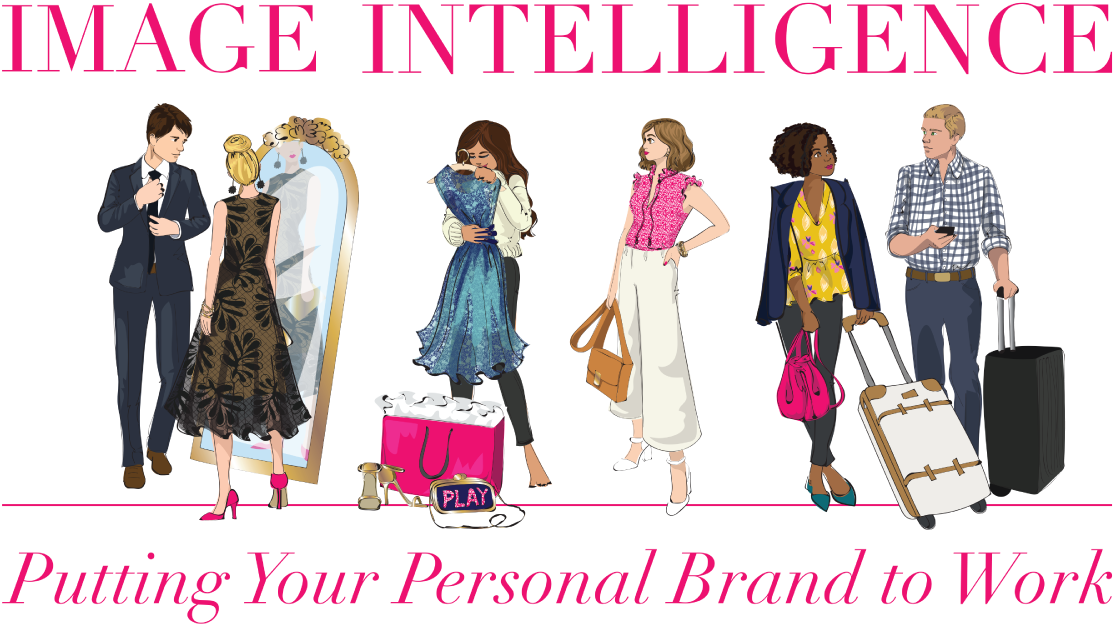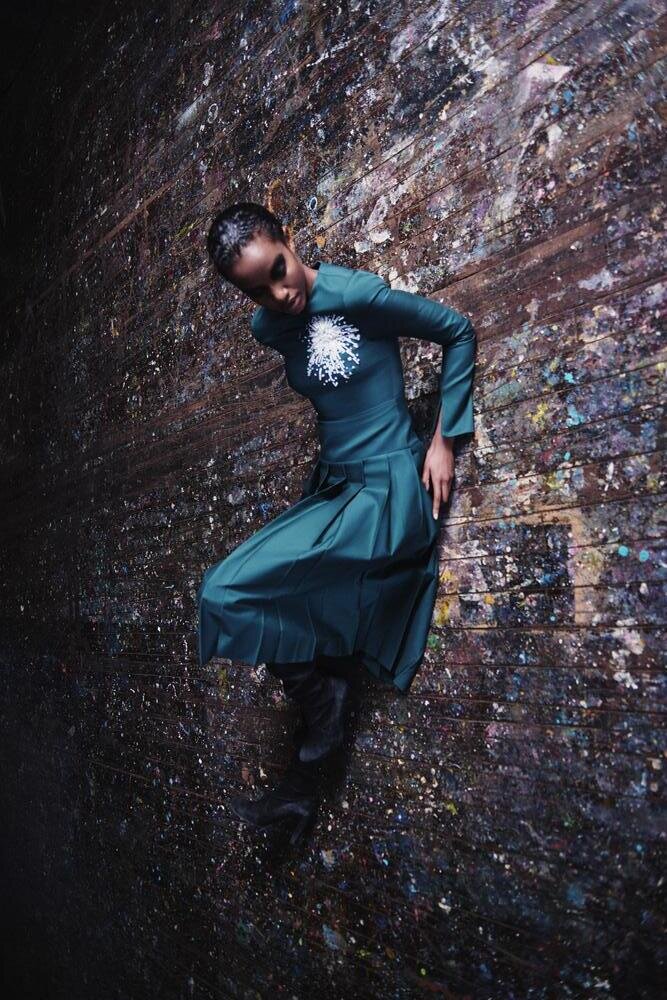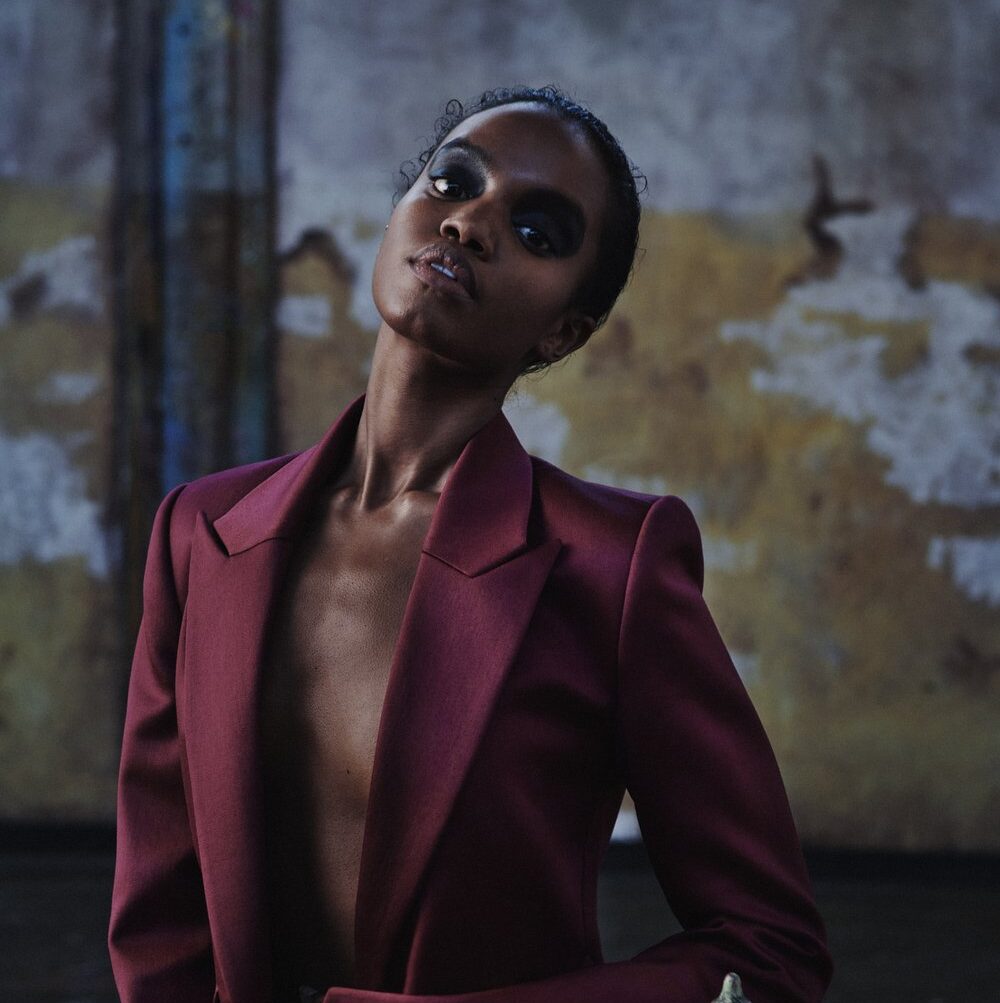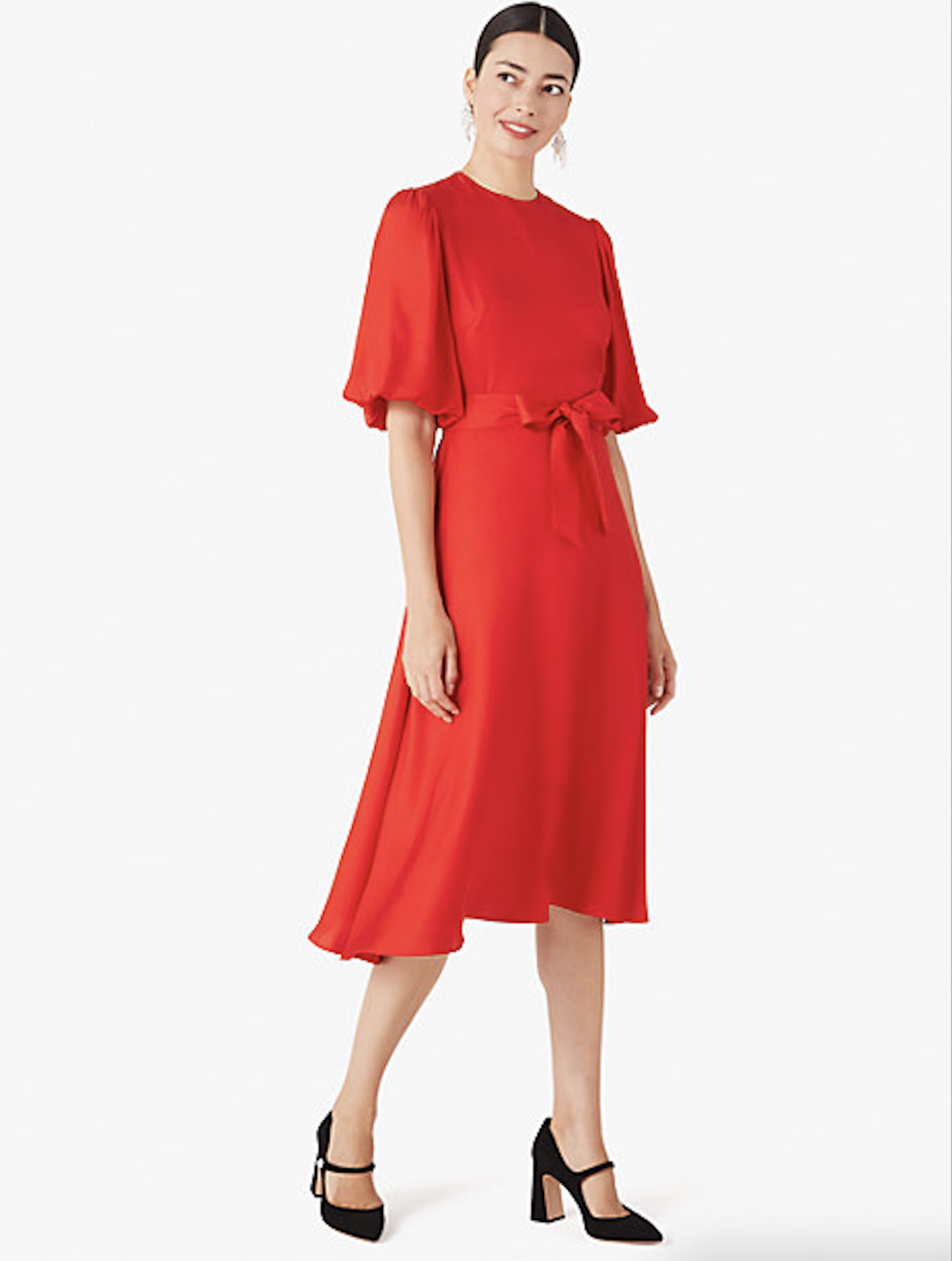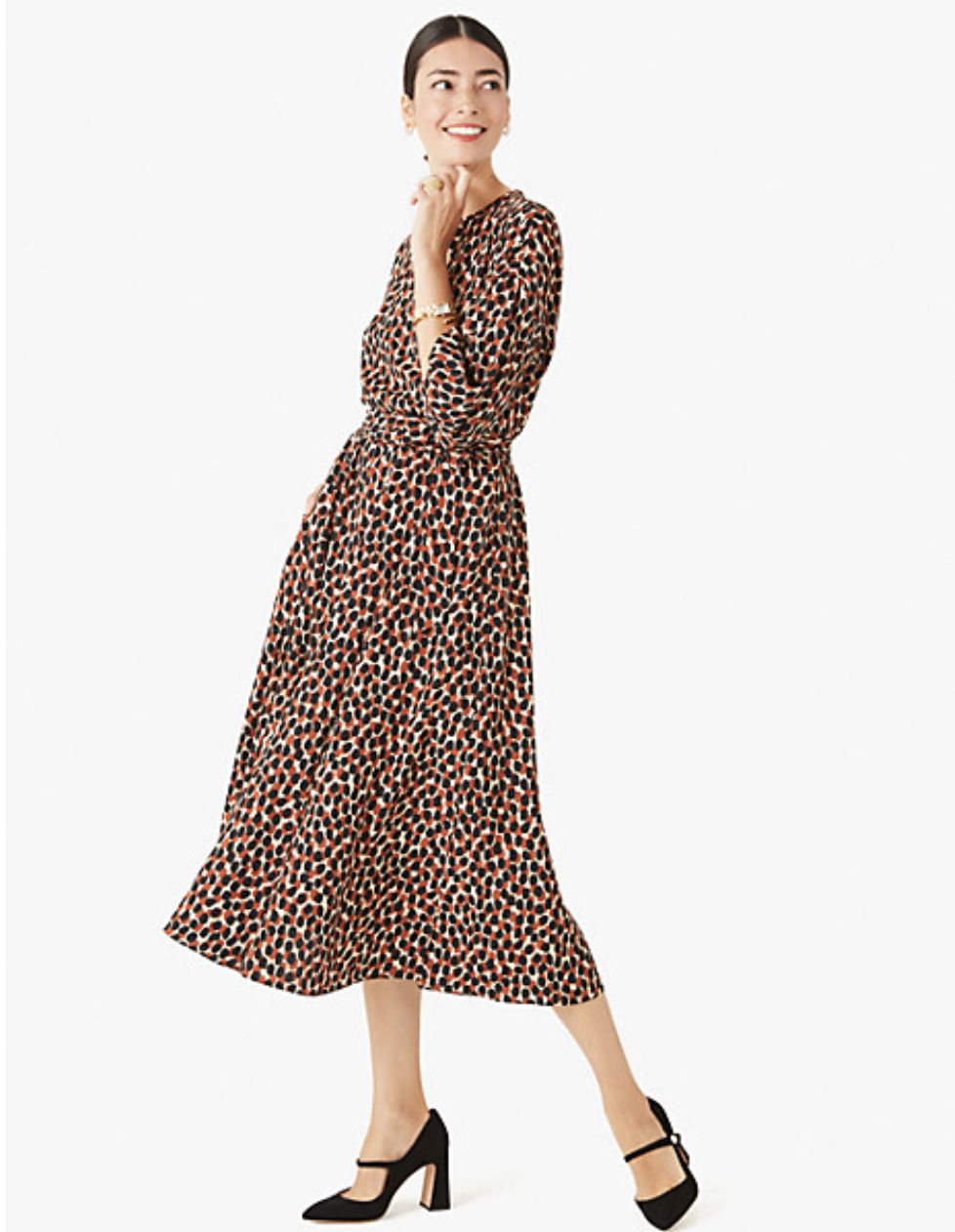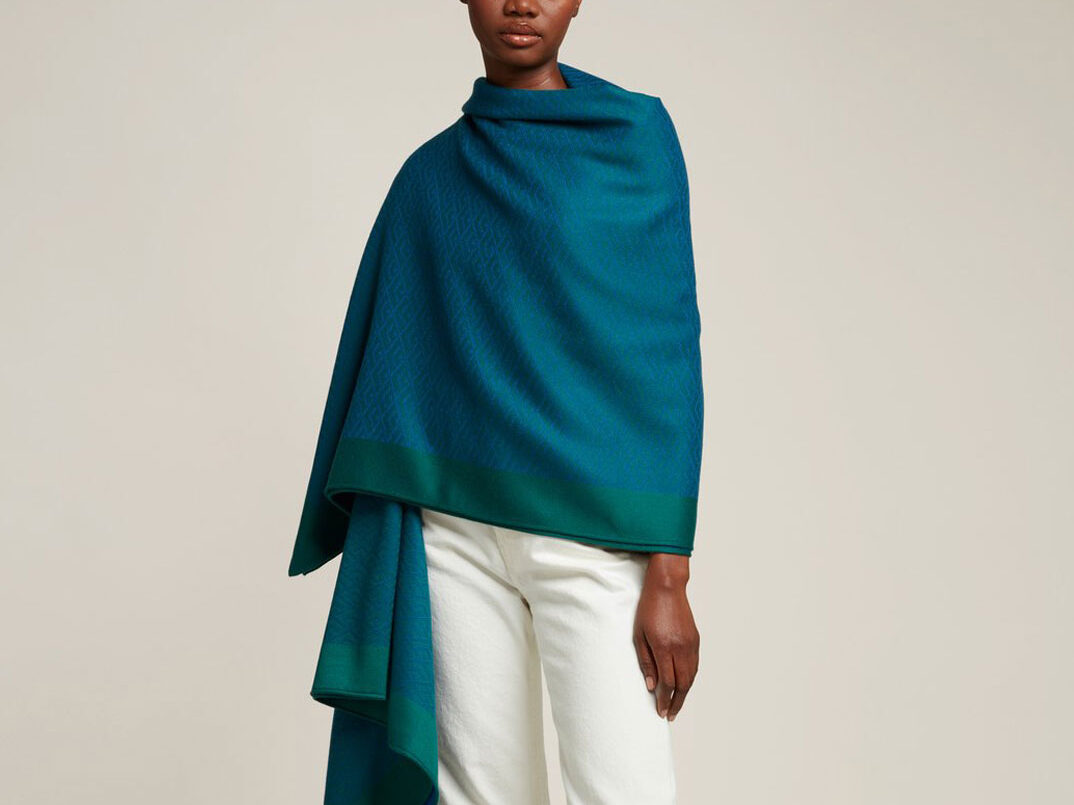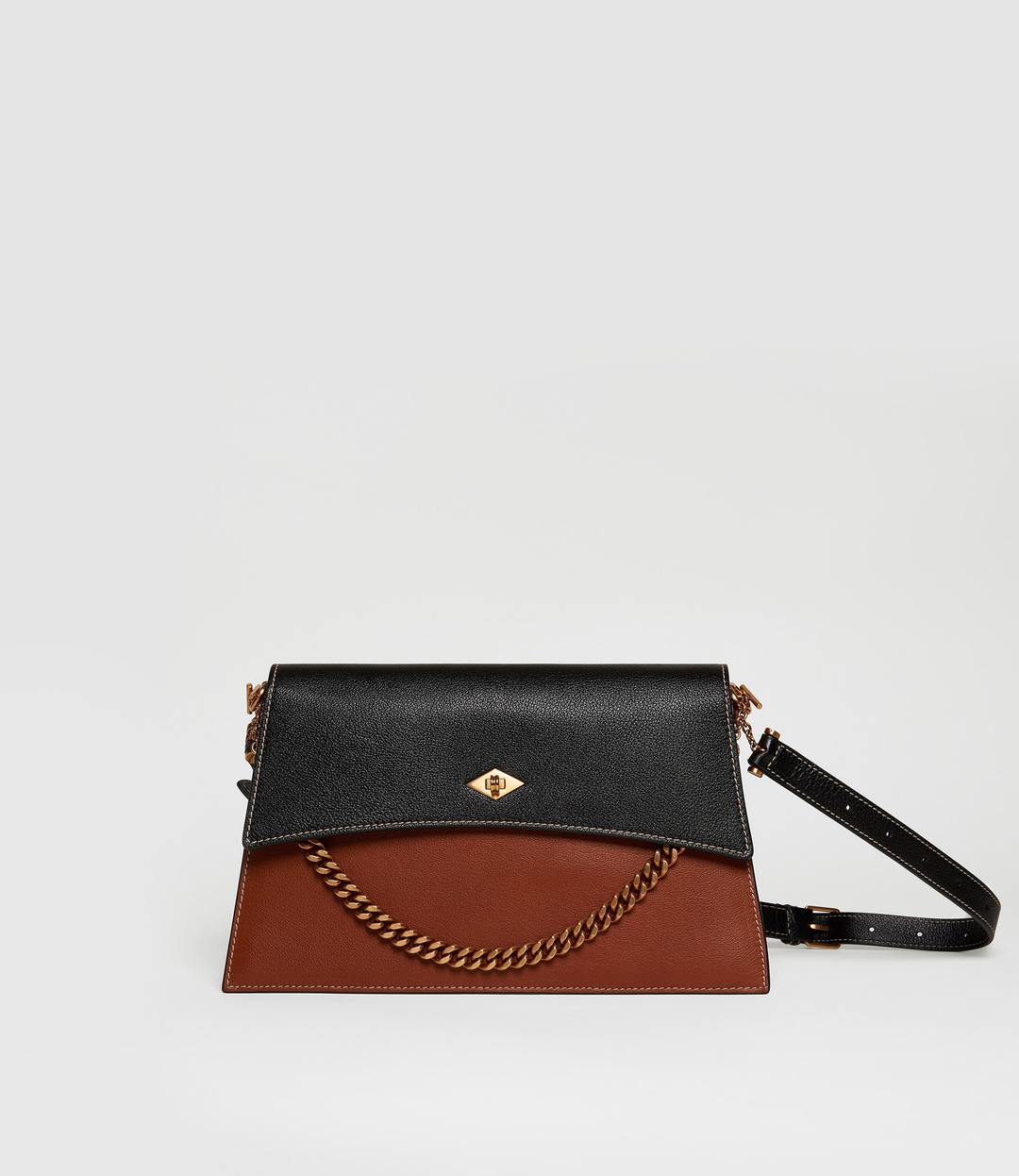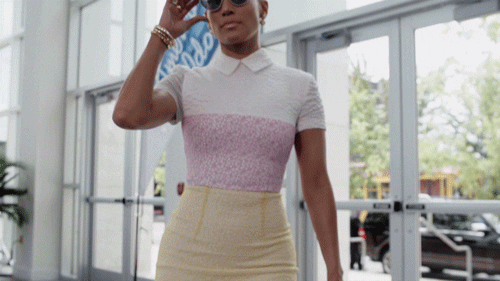
How do you create a personal style for yourself while still maintaining a corporate dress code?
While everyone appears to be returning to the office at different times and it seems as if we will be working remotely, for the foreseeable future, the question many clients and friends pose to me is:
How can I bring my style into work while still
adhering to some form of a dress code?
For most of us, we have distinct wardrobes for work and for play and there appears to be little in between. Fashion and style provide the opportunity to create a great first impression whether at work or play. Why is this important for all of us? Because it’s an outward reflection of our identity that transcends across our lifestyle, attitude, personality, and cultural interests. It leaves an imprint and gives us each a voice. What other more informative form of self-expression is there? Below you will find some ideas 💡 for creating a look that is both creative, reflects your personal style and will crossover into your professional 💻 life.
How is business casual defined today?
Business Casual is often more formal than jeans (though some workplaces allow well-fitting, hole-free jeans, which can work well with a blazer and heels 👠), but more casual than a suit. Business casual professionals still wear dress pants, chinos, casual and formal tops, and skirts to the knee.
What is considered a more formal or conservative dress code?
A business (or formal) dress code is more conservative than the business casual dress code. Traditionally you’ll have to cover your shoulders. Dresses and skirts should hit around the knees (or longer) and no low-cut tops. You’ll be representing your company or your employer’s so it’s important for you to wear clothing that doesn’t wrinkle easily, stay away from items that you’d wear on your summer vacation and try to show a subtle, timeless style.
So how do I figure out what is appropriate for the office now while still wanting to dress with my own sense of style?
1. When in doubt, dress like the most well-dressed employee at your office who is on your same “level” in the hierarchy of positions.
If you work in a formal setting, with a position in finance, legal, human resources, biotech, pharma, or other more conservative industries and you often see peers and bosses wearing suits on a regular basis, it’s safe to assume you are expected to wear business professional attire. But you don’t need to wear a suit if you don’t want to. It is easy to add more formal elements to clothes that define your personal style.
2. Think about garments that are relatively tailored but have surprise elements in the look.
Outfits where some embellishment is added to your blouse or jacket in the form of a pin, necklace, dressy buttons, or handbag may be appropriate. It might also be clothing pieces that offer fringe, textured treatments, or monochromatic looks. These help to support your personal style. More whimsical elements will create an opportunity to make a statement all your own.
The images pictured on this post on the right are my favorite collections that juxtaposed the well-tailored with an edge of personal style. While my style is relatively tailored with garments that have surprises in the details, color is my uniform. I love to experiment, and the brands below provide me with confidence to do so.
3. Choose a color palette that suits your skin tone and hair color creating a halo effect of youthfulness and leadership.
You may have more of an ability to play with color in a business casual or business formal environment. Color is a multi-tasker for any wardrobe. I encourage my clients to focus on a balance of color, fit and essential pieces that make up a Capsule Collection (see blog post on elements of a capsule collection) greys, blacks, and nude colors are often more accepted in a formal business environment. However, while these colors are universally accepted, neutral colors tend to create an “invisible” look, thus diminishing your voice and presence. Consider adding prints and tonal colors together into a business outfit with a blouse or a jacket with a fun printed shirt underneath. In a more conservative industry think of using 40% to 50% color or print as a rule of thumb. In fashion, design, and technology industries, color is encouraged and more acceptable at any level.
4. Seek out collections or brands that are solution-based and offer a professional look with simple silhouettes that reflect a modern personal style.
By following these tips, you will be able to integrate colors and prints tastefully as you figure out what is business casual for women, and what is business professional attire in today’s workplace.

